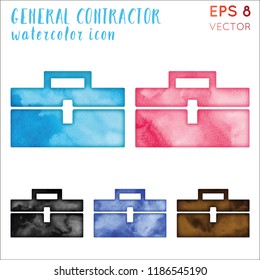Understanding Seasonal Influences On Commercial Outside Paint: Necessary Understanding For Success
Understanding Seasonal Influences On Commercial Outside Paint: Necessary Understanding For Success
Blog Article
Content Develop By-Burnham Urquhart
When you're intending an industrial exterior painting task, seasonal elements can make or break your results. You'll intend to consider how temperature level and humidity effect paint application and drying out times. Picking the ideal season can guarantee your paint sticks appropriately and lasts longer. Yet which seasons are really the very best for this sort of work? Let's discover the key elements that can affect your task's success.
The Effect of Temperature on Paint Application
When you're planning an industrial outside paint task, the temperature level can substantially influence just how well the paint adheres and dries.
Preferably, you wish to paint when temperature levels range in between 50 ° F and 85 ° F. If it's as well cold, the paint might not heal effectively, leading to problems like peeling or splitting.
On the other hand, if it's as well hot, the paint can dry as well quickly, protecting against correct bond and causing an unequal finish.
You need to also think about the moment of day; early morning or late afternoon supplies cooler temperature levels, which can be a lot more desirable.
Always check the manufacturer's suggestions for the particular paint you're utilizing, as they usually provide advice on the suitable temperature level range for ideal outcomes.
Moisture and Its Impact on Drying Times
Temperature level isn't the only ecological aspect that influences your business external painting task; humidity plays a substantial role as well. High moisture levels can reduce drying out times significantly, affecting the total high quality of your paint work.
When the air is filled with moisture, the paint takes longer to heal, which can lead to concerns like poor bond and a higher risk of mold growth. If you're repainting on a particularly moist day, be planned for extensive delay times between coats.
It's vital to check neighborhood climate condition and plan as necessary. Preferably, aim for humidity degrees in between 40% and 70% for ideal drying.
Maintaining these consider mind ensures your task stays on track and supplies an enduring surface.
Best Seasons for Commercial Outside Paint Projects
What's the best time of year for your business exterior paint jobs?
Springtime and early loss are normally your best choices. Throughout these seasons, temperatures are mild, and humidity levels are typically reduced, developing ideal problems for paint application and drying out.
Stay https://www.realtor.com/news/unique-homes/san-francisco-pink-painted-lady-for-sale/ of summertime's intense heat, which can trigger paint to dry too swiftly, leading to poor attachment and coating. In a similar way, wintertime's chilly temperature levels can hinder proper drying out and healing, running the risk of the longevity of your paint work.
Go for days with temperatures between 50 ° F and 85 ° F for optimum outcomes. Bear in mind to examine the neighborhood weather report for rain, as wet problems can wreck your project.
Planning around these elements ensures your painting project runs efficiently and lasts much longer.
Conclusion
To conclude, planning your commercial outside paint projects around seasonal considerations can make a substantial distinction in the end result. By organizing work throughout the suitable temperature levels and moisture levels, you'll guarantee better attachment and drying out times. Keep in mind to keep an eye on regional weather prediction and choose the right time of year-- springtime and very early fall are your best options. Taking these steps will certainly help you accomplish a long lasting and professional coating that lasts.
